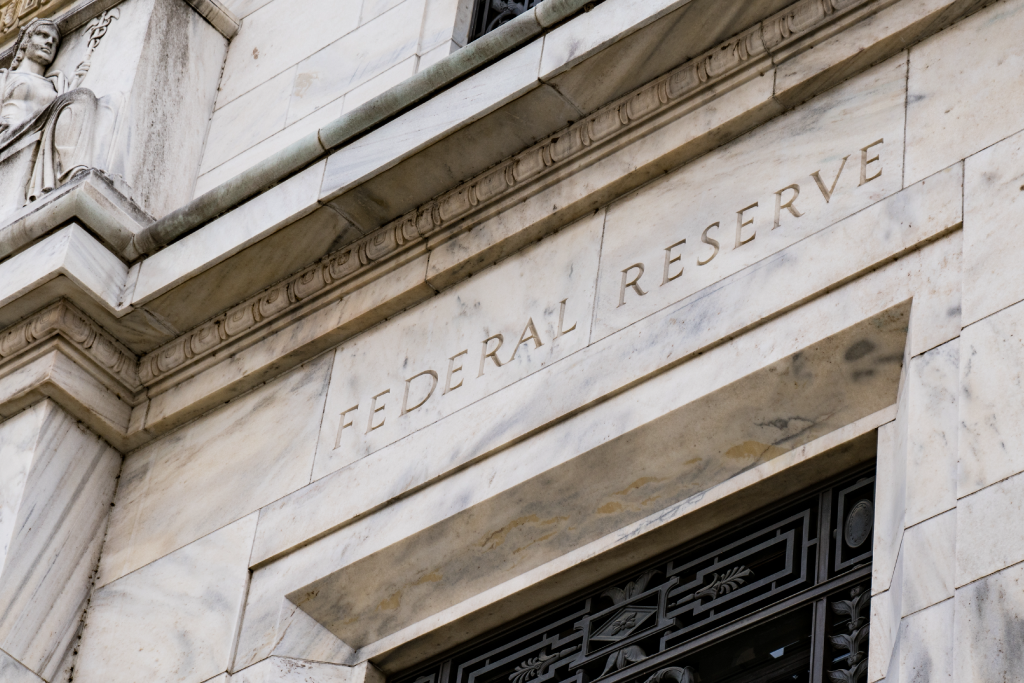Expect Mortgage Rates to Stay Bumpy After Fed Cut


In short:
The Fed cut rates as expected, but this may be the last easy cut for a while. Moving forward, the Fed and markets will likely be in reaction mode to incoming economic data and policy announcements. Home buyers should expect mortgage rates to continue on their bumpy path and be ready to act when an opportunity arises.
What happened?
The Federal Reserve cut their target rate by 25 basis points at the Federal Open Market Committee (FOMC) meeting on December 18. The cut was an uncontroversial move that the market widely expected.
However, the meeting indicated that the Fed believes the economy is currently stronger than previously thought, with higher GDP and lower unemployment, along with slightly elevated inflation. As a result, projections now account for just two cuts to the fed funds rate next year, which is half of what was projected for 2025 back in September.
In response to this news, U.S. Treasurys, which heavily influence mortgage rates, rose approximately 10 basis points. Home buyers recently experienced some relief when mortgage rates fell to a six-week low; however, with mortgage rates tracking Treasurys, that relief was short-lived.
Update on housing inflation
Federal Reserve Chairman Jerome Powell said progress is being made in the protracted battle against inflation, notably in housing. Much more sane levels of growth in market-rate rents seen over the last 18 months — the Zillow Observed Rent Index is a leading indicator — are slowly translating to lower growth in owners’ equivalent rent that’s gauged by the Fed.
Where will rates go from here?
Zillow expects mortgage rates to continue to bounce around in 2025.
Earlier rate cuts in the fall were easier and more straightforward. There was more wiggle room when cutting from high-4% than low-4% — particularly against the backdrop of uncertain fiscal policies that could put upward pressure on inflation.
Moving forward, the Fed is going to be even more reliant on economic data as they determine whether to cut further or hold rates steady. As data flows, markets and the Fed will react, potentially causing volatility in mortgage rates.
What does that mean for the housing market?
What we know: The number of homes buyers can choose from is gradually returning to normal and should continue to grow. Although the pipeline of new construction is slowing from the pandemic boom, incremental progress is still being made.
Many homeowners who locked in mortgage rates at record lows are coming to terms with the reality that sub-3% rates may not return soon. As time marches on, life events like household changes or new jobs push sellers to list their homes. If mortgage rates dip, sidelined buyers and sellers should come rushing back, as seen when rates hit a two-year low in September.
What we won’t know: Increasing inventory should stabilize home prices, providing a tailwind for housing affordability. However, since many households finance their home purchases with loans, mortgage rates will be a significant determinant of affordability. The start of the home shopping season is just a couple of Fed meetings away, with divergent potential outcomes for mortgage rates. As the Fed and markets process the next rounds of economic data, potential home buyers may need to prepare themselves for a wild ride.